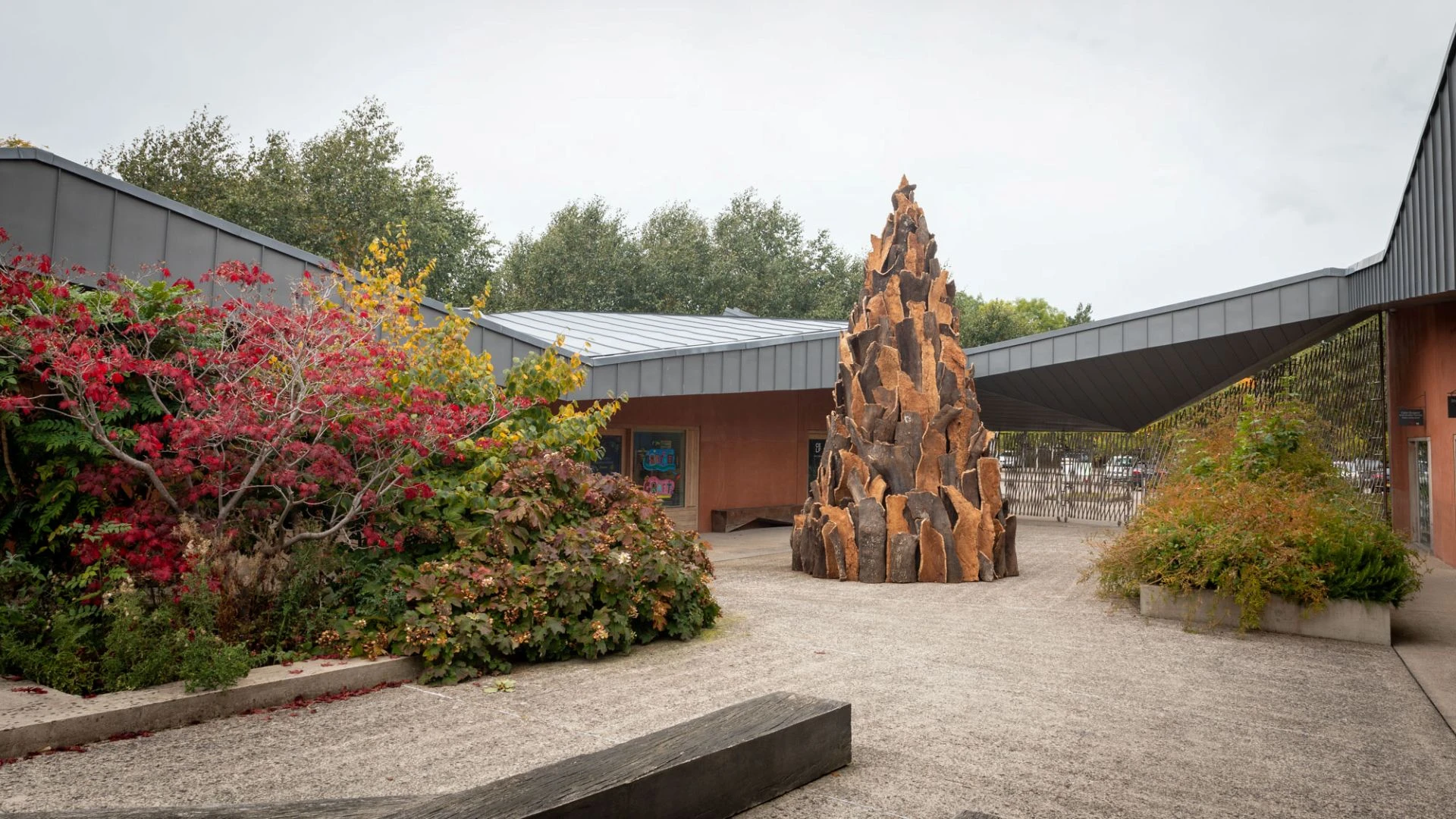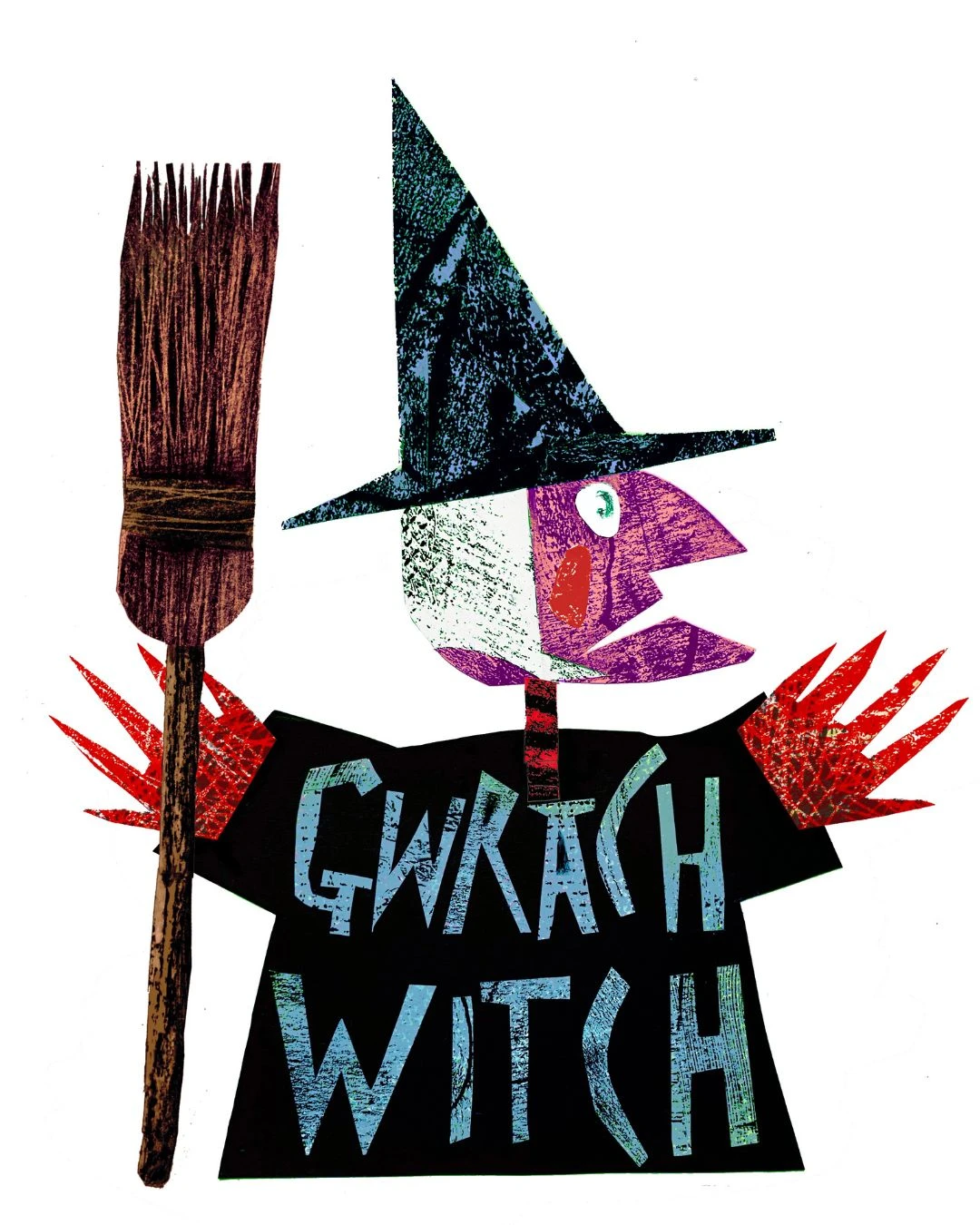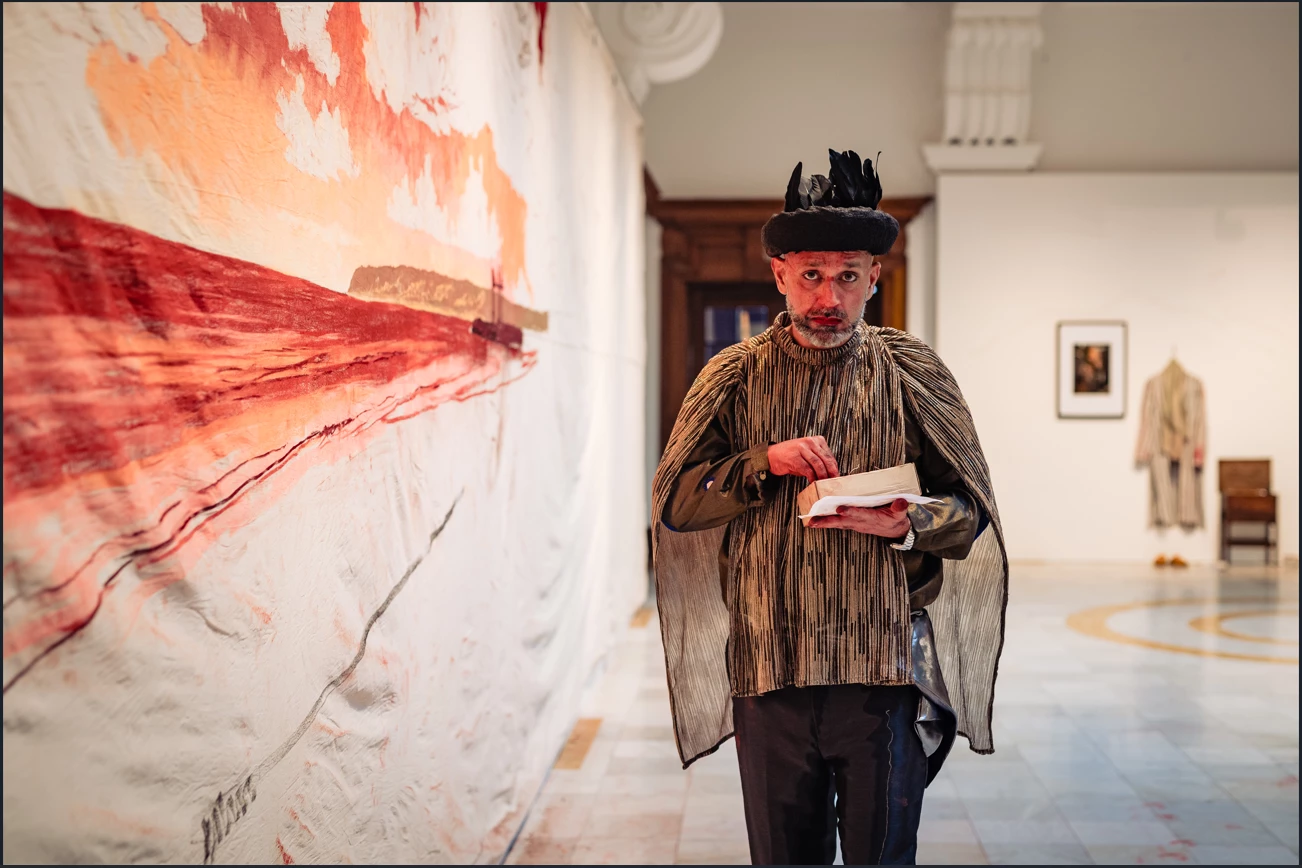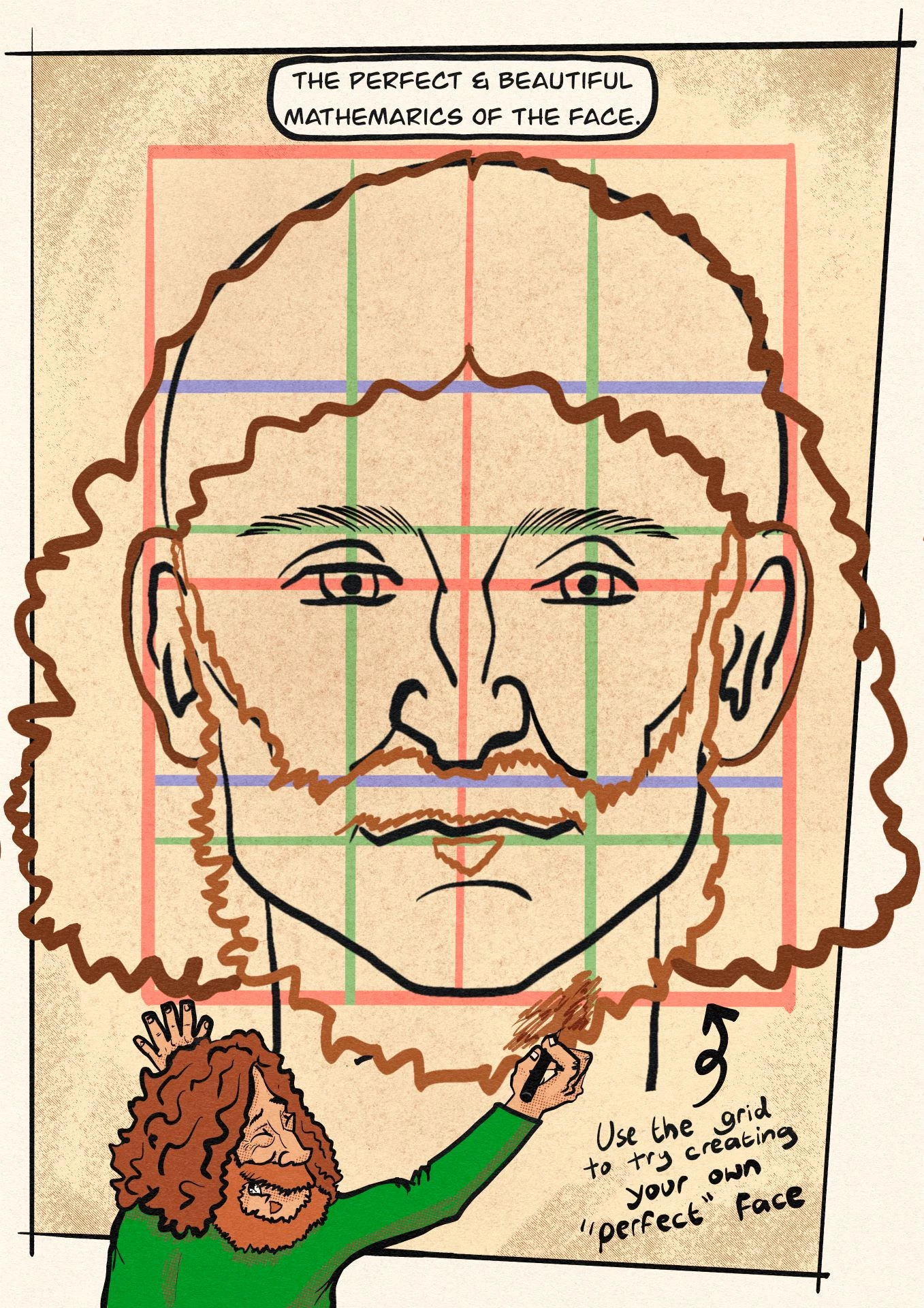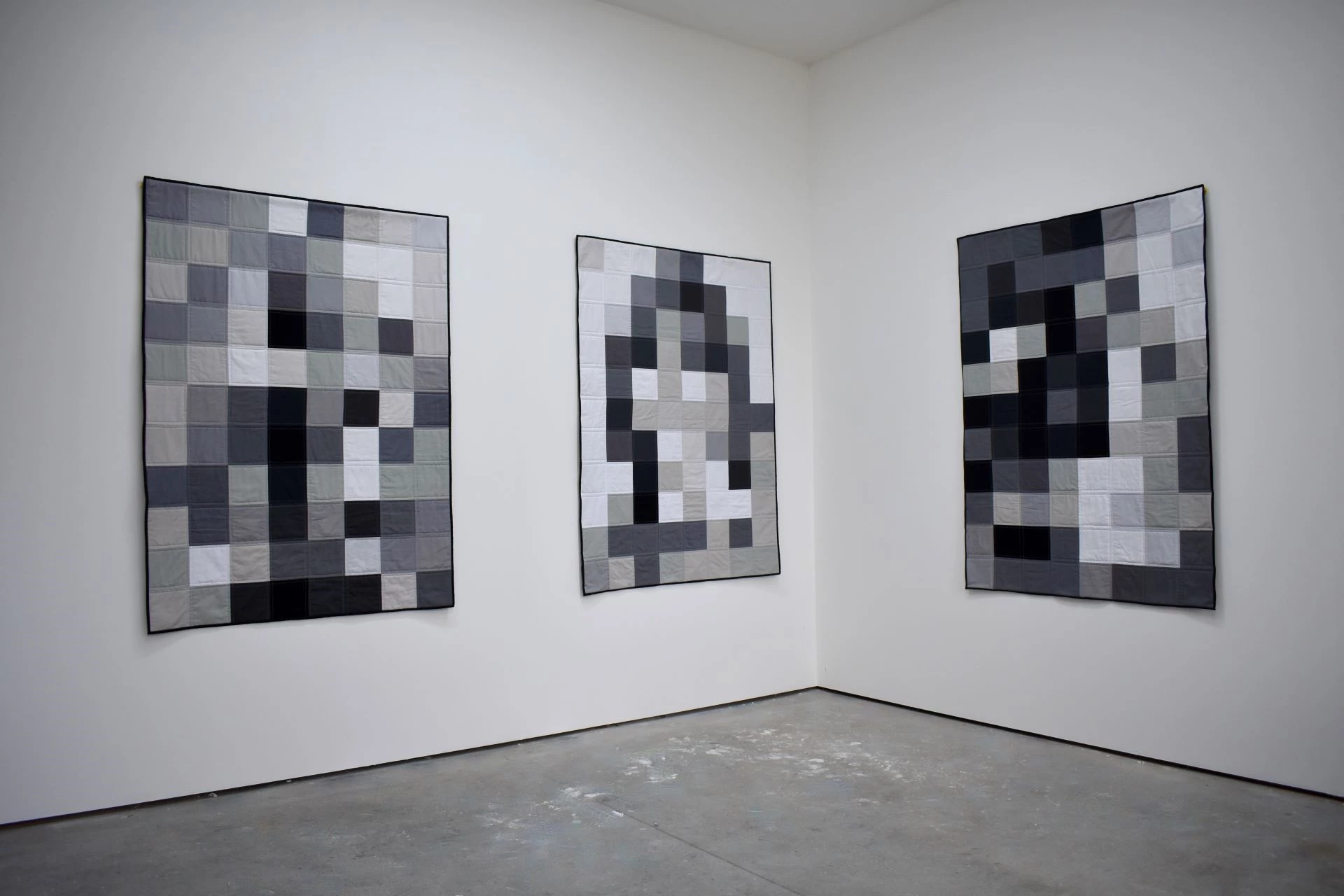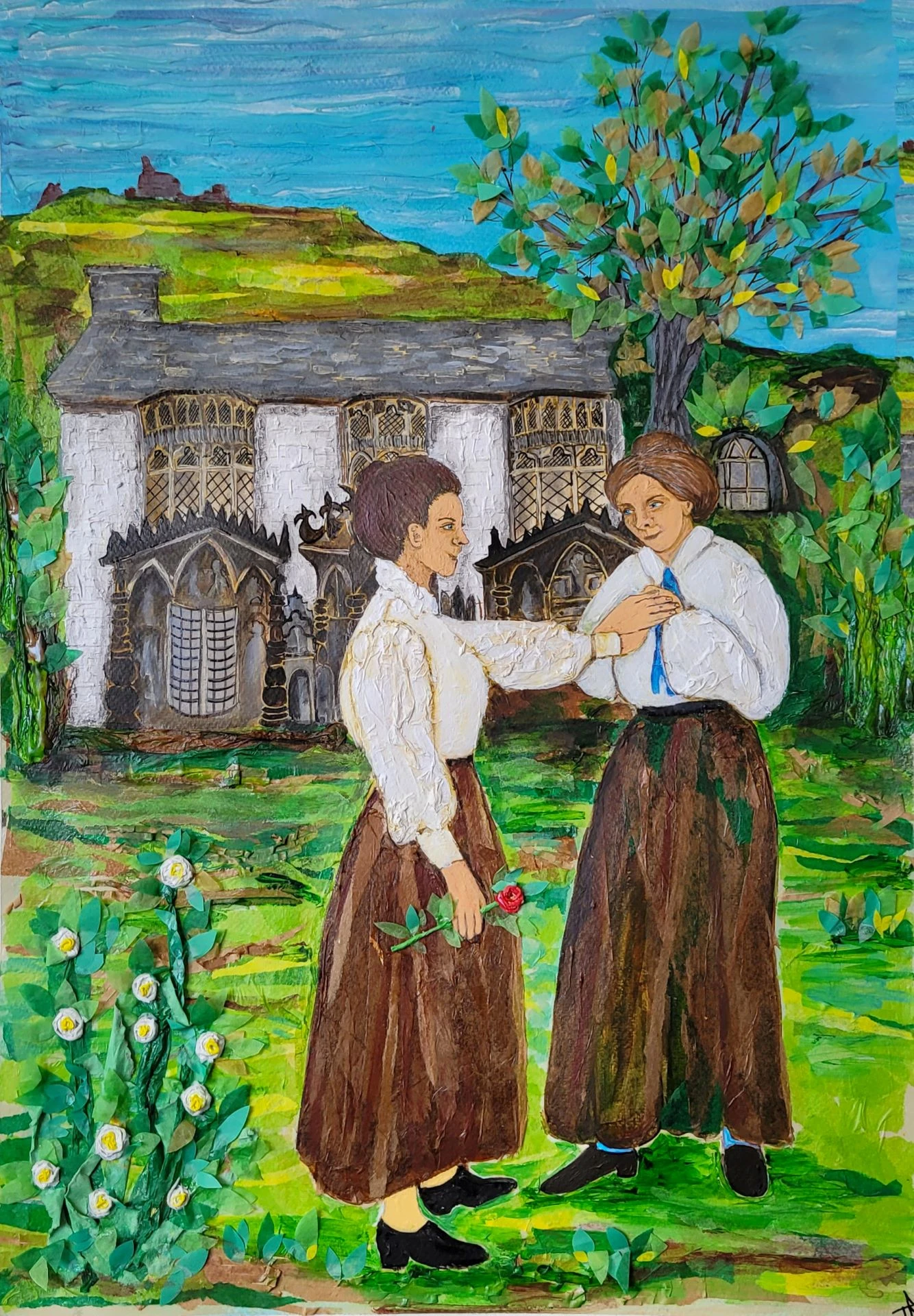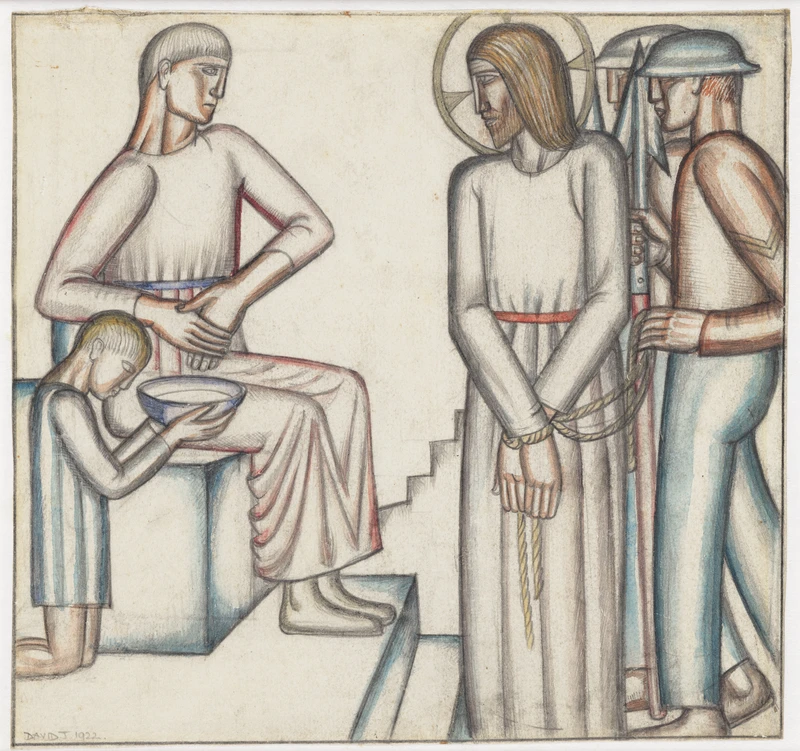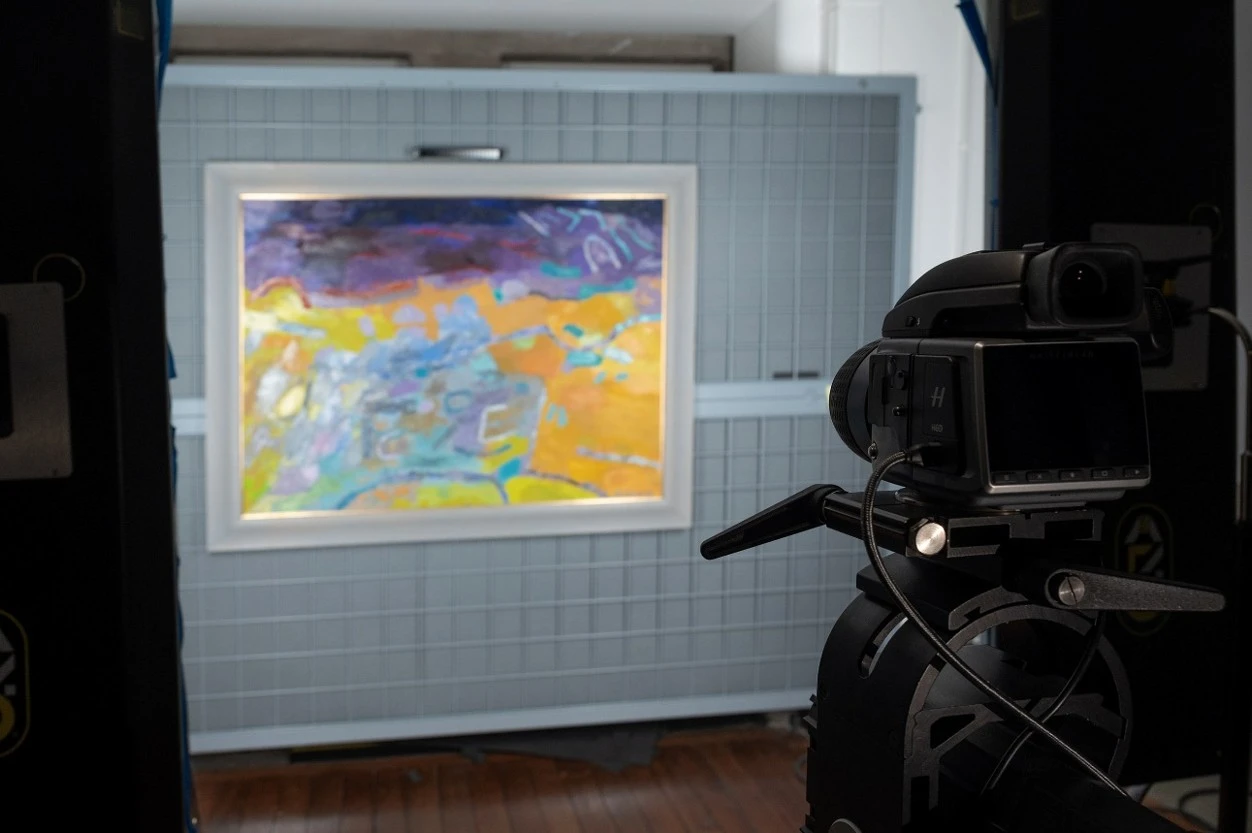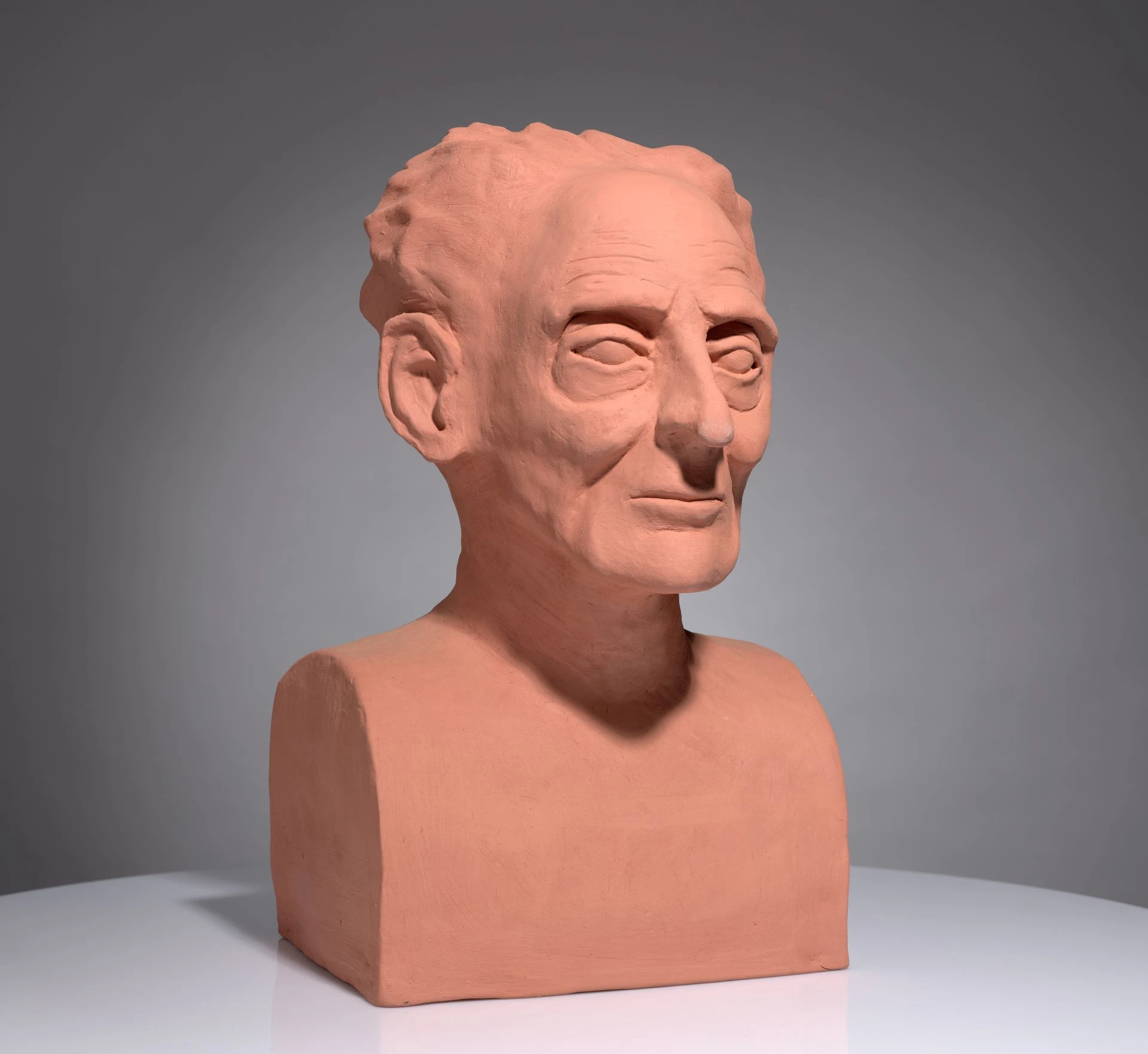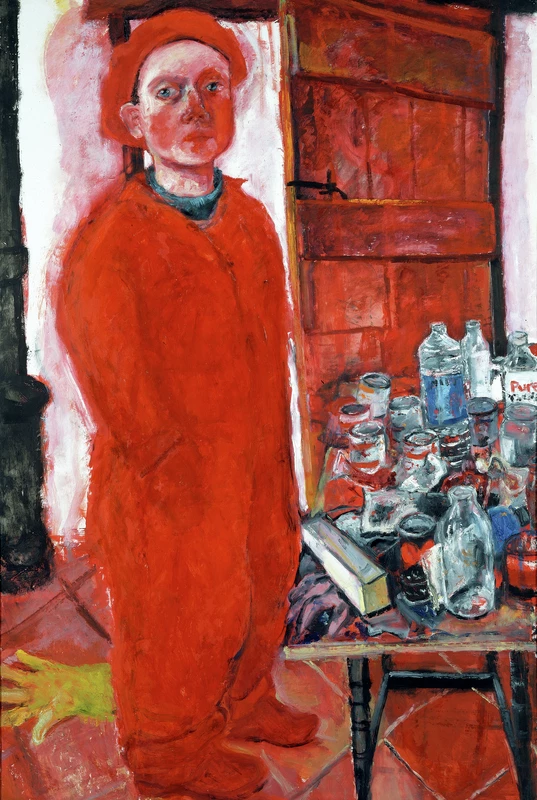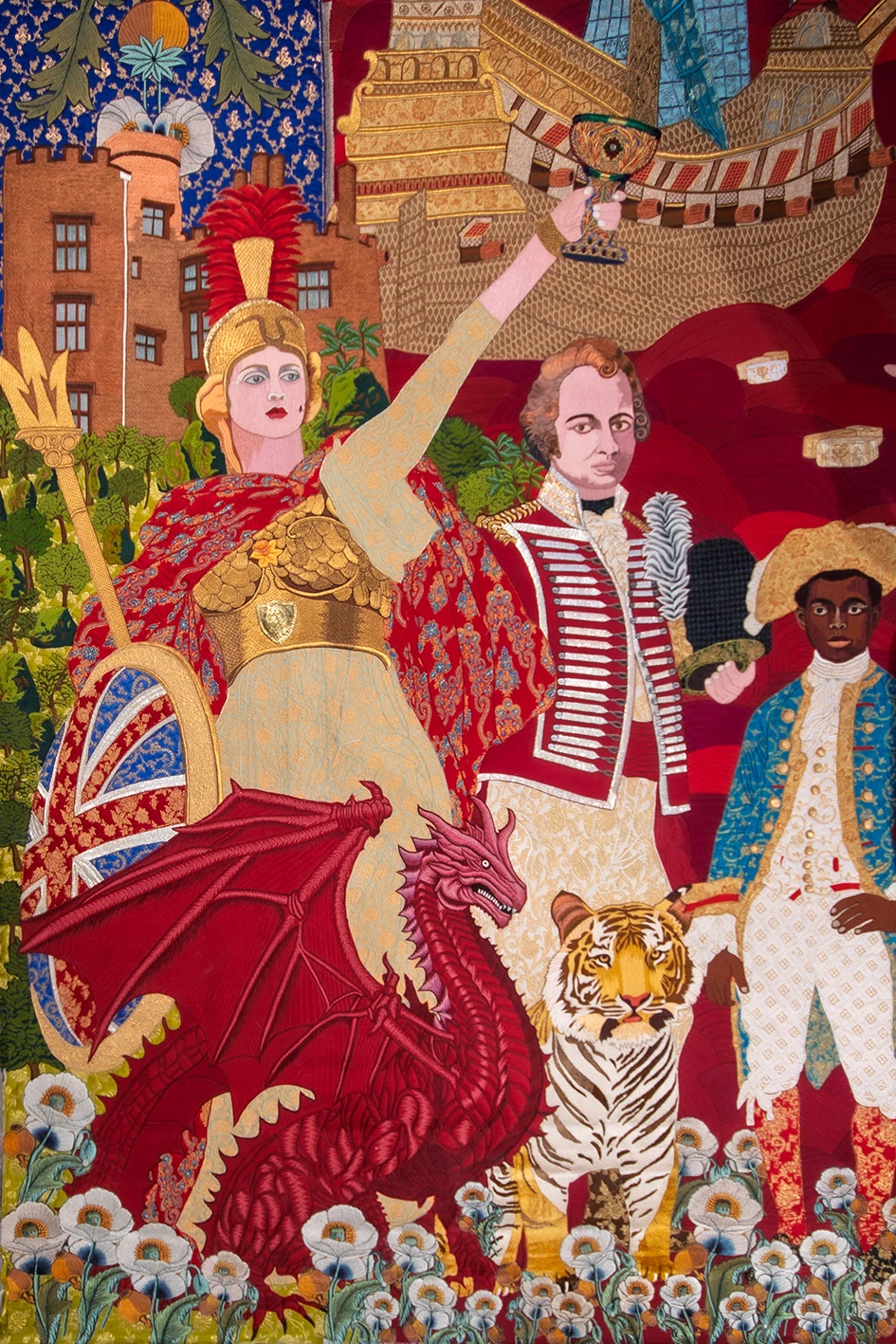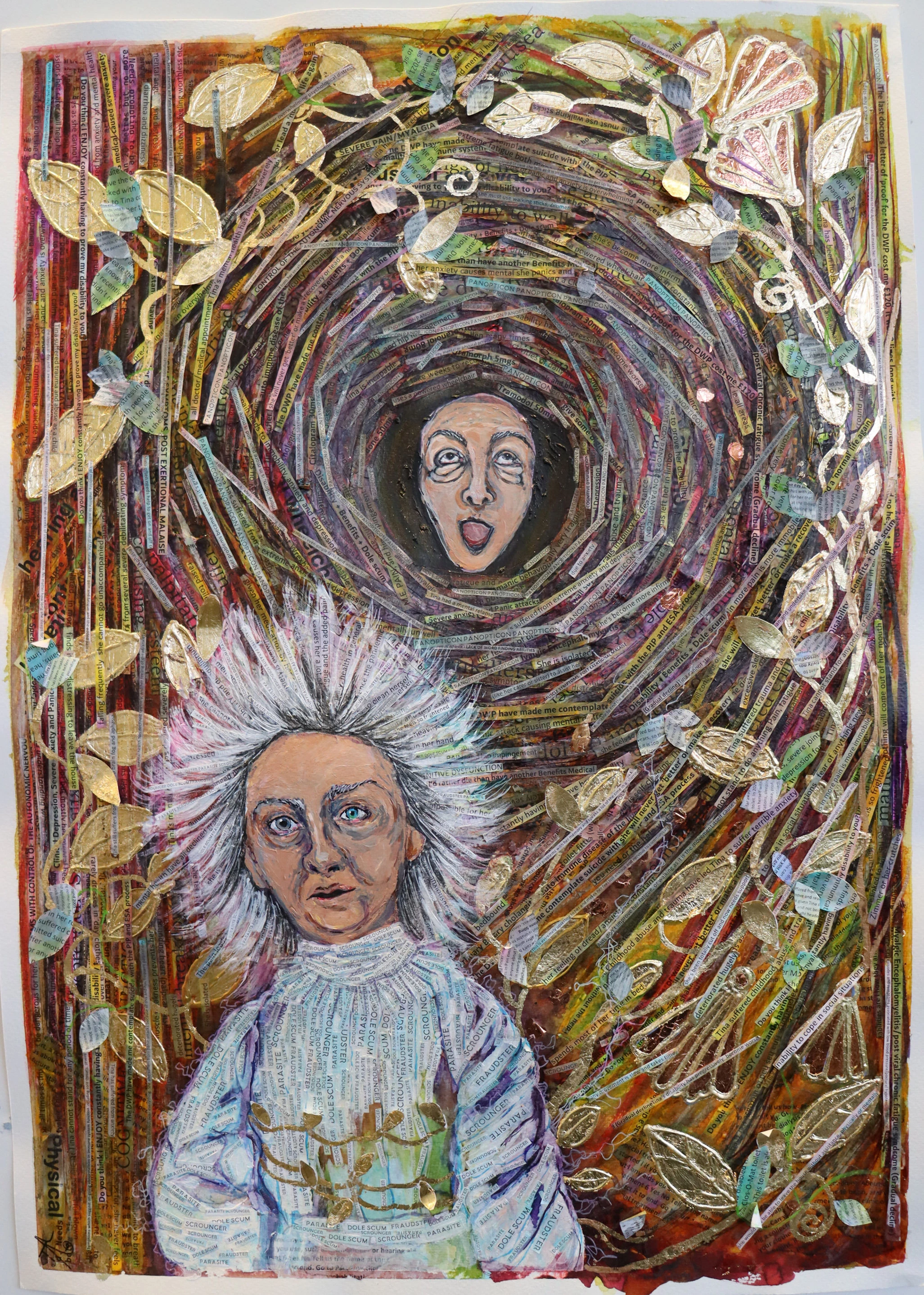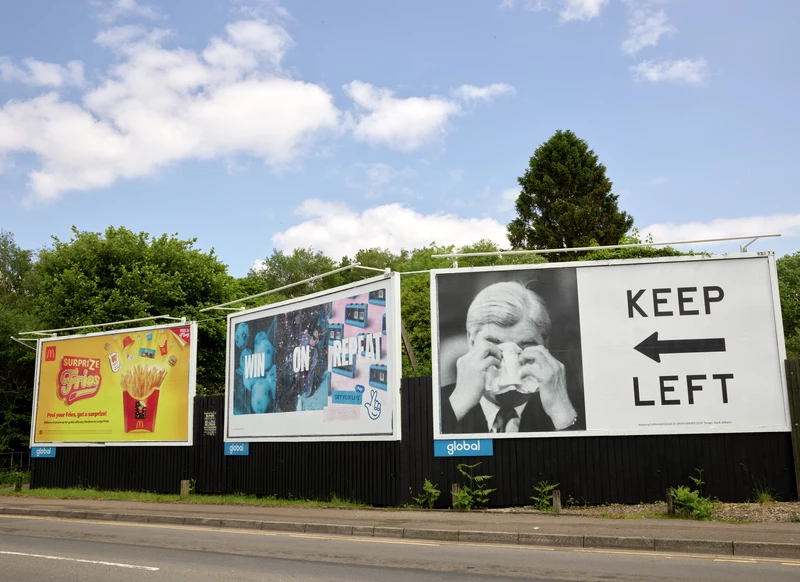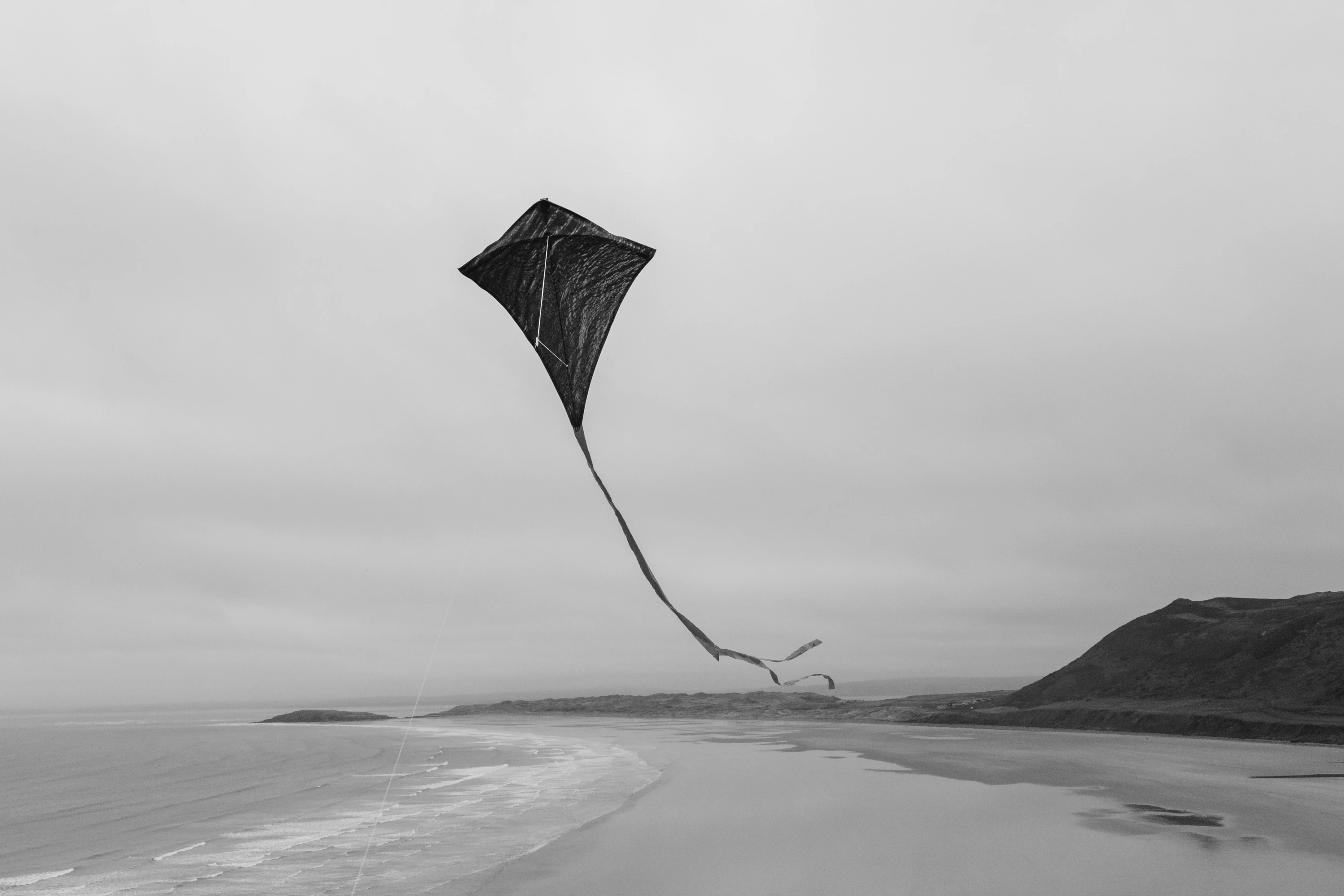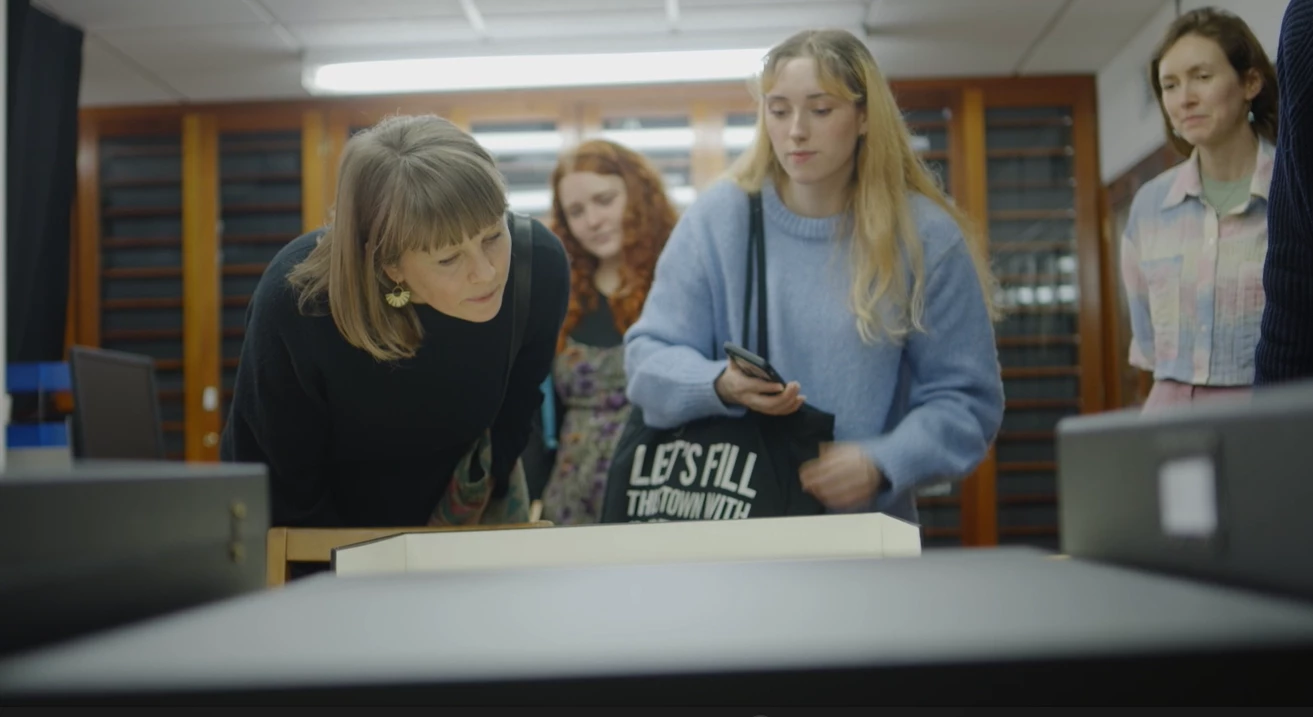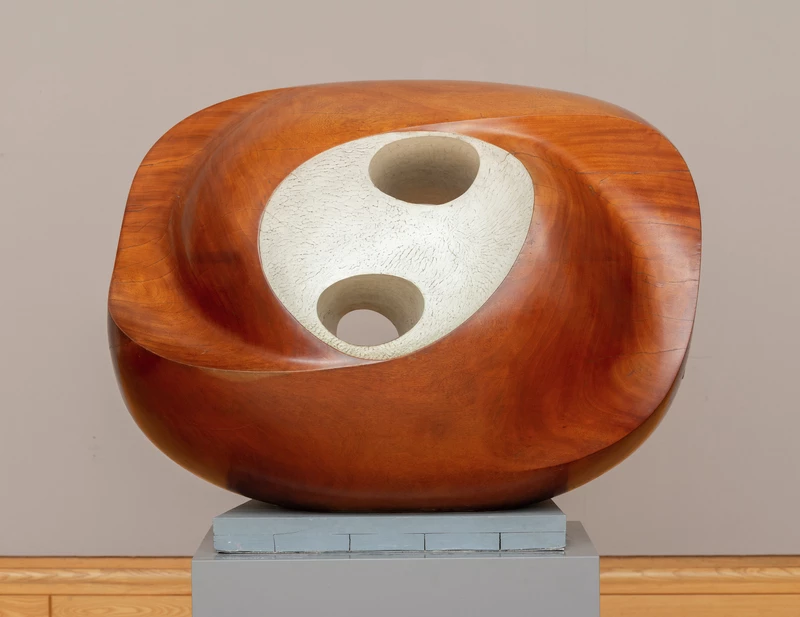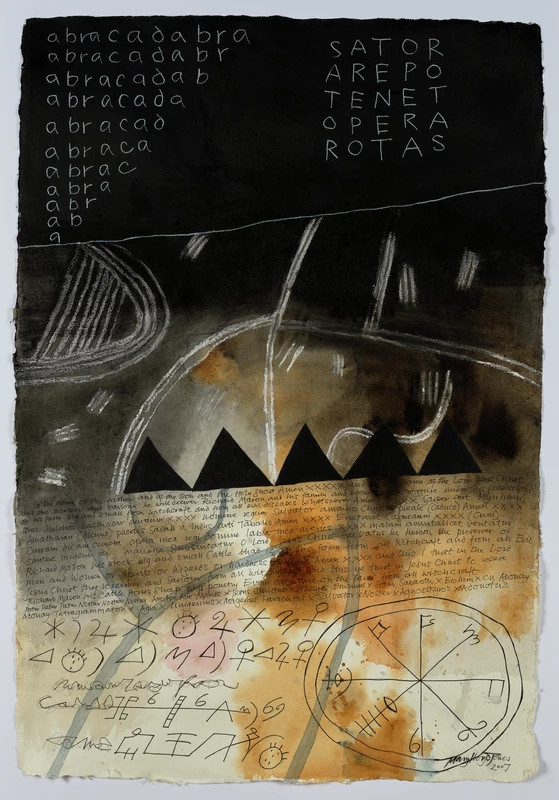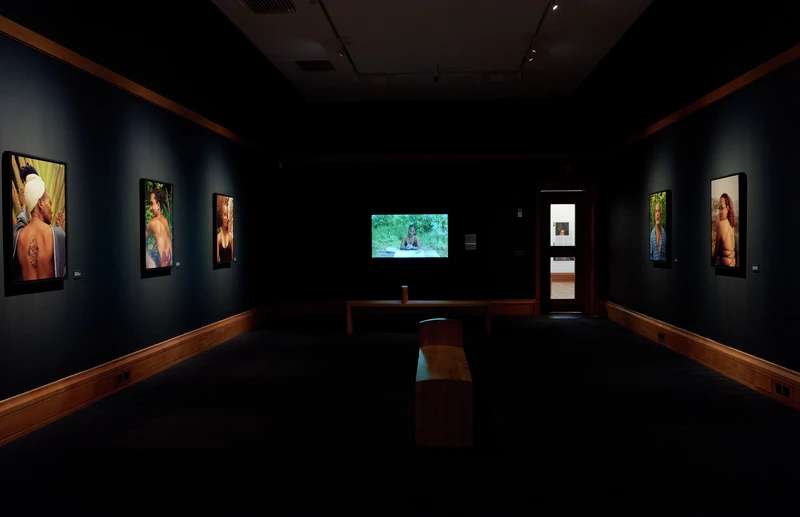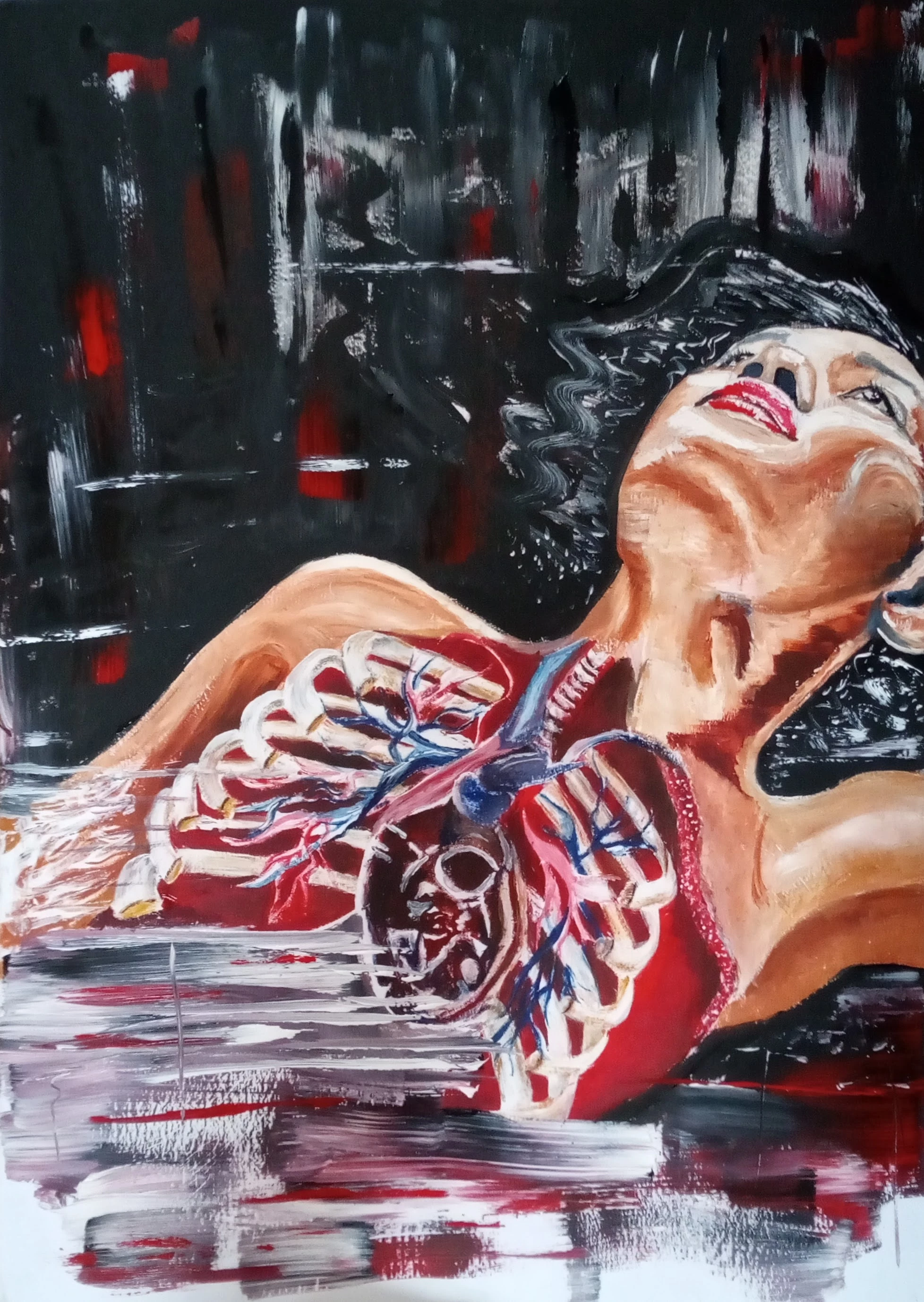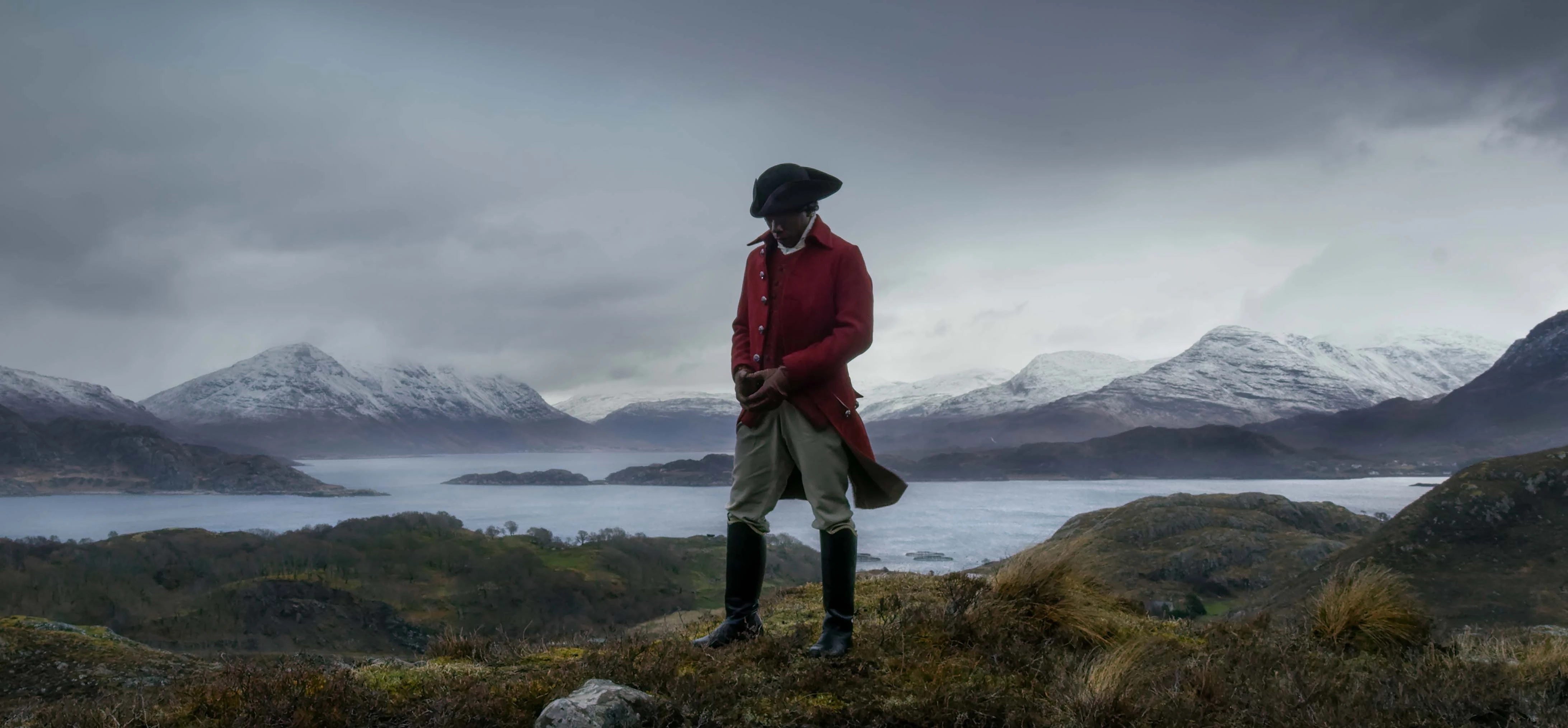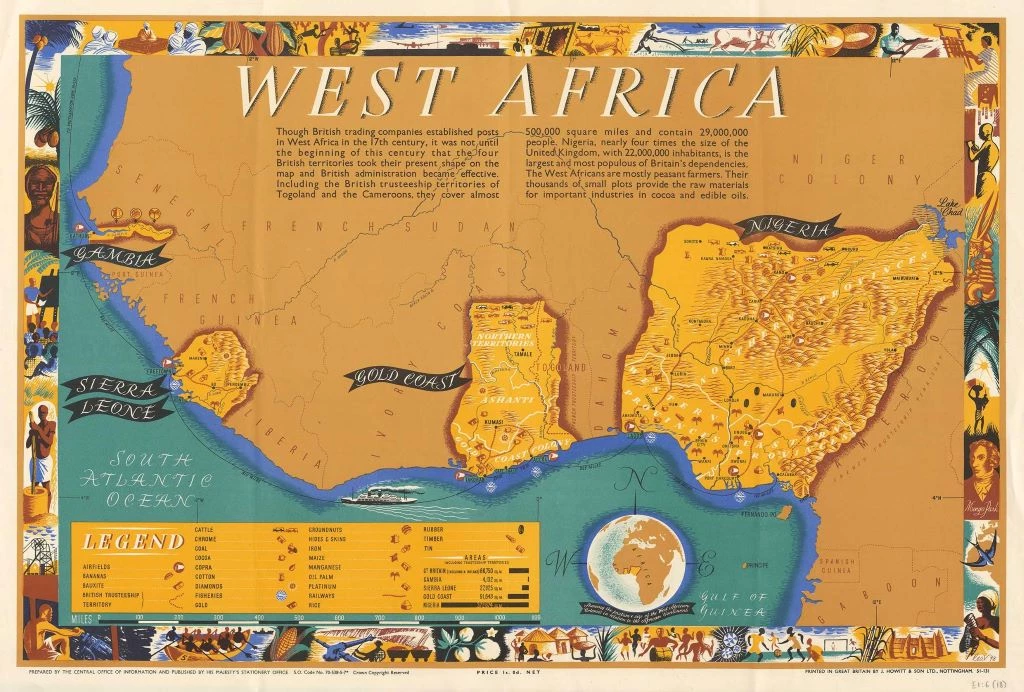In 2023 the National Library of Wales (NLW) commissioned four artists of colour to create new artworks responding to NLW collections. Two of these projects grew from items in the map collection and had a particular focus on difficult and contested histories of slavery and colonialism.
The art commissions were funded by Welsh Government as part of the Anti-racist Wales Action Plan.
What is not on the map?
Mfikela Jean Samuel, artist and speaker on racial justice, was born in Shisong-Kumbo in northwestern Cameroon and now lives in North Wales. Mfikela works with acrylic and oils and draws his inspiration from both his heritage and lineage as well as broader historical themes. Mfikela’s new work responds to a map of British colonial possessions in West Africa in the late 1940s, distributed by the British government’s Central Office of Information (COI).
West Africa, Central Office of Information, 1948 (Maps E1:6 (18))
The COI was responsible for producing information campaigns on everything from health and education to transport and childcare. This map focuses on the products that could be exploited in Britain’s west African colonies. Only the areas that were under British control are shown in any detail.
SAMUEL, Mfikela Jean, Opening the dialogue, 2023 © Mfikela Jean Samuel
Mfikela says, ‘in an effort to encompass the diversity of the continent, I incorporate elements inspired by all major regions of Africa. The inclusion of pharaohs from Egypt and traditional masks from various regions is a deliberate choice. These symbols represent the rich cultural heritage that endured despite the colonial intervention, showcasing the resilience and strength of African societies.
The artwork serves as a visual dialogue, inviting viewers to question the narratives imposed by colonial powers. It challenges the notion of Africa as a passive object of colonization, instead highlighting the agency and resistance present throughout history. By weaving the maps with these cultural symbols, I aim to dissolve the one-dimensional perspective placed upon Africa and its people.’
Slavery and Slebech
Jasmine Violet graduated from Carmarthen School of Art in 2020. Jasmine is an interdisciplinary artist working with photography, cyanotype printing, watercolours and oil painting, to explore themes of identity, subconscious thought and mental health.
VIOLET, Jasmine, The last place we shared, 2023 © Jasmine Violet
VIOLET, Jasmine, Stepping stones, 2023 © Jasmine Violet
Jasmine created her work in response to connections between Wales and Jamaica in the 18th century. The National Library of Wales holds records of sugar plantations and people enslaved by Nathaniel Phillips, who would later use the wealth he gained in the Caribbean to buy the Slebech estate, five miles east of Haverfordwest. These records include a map of one of Phillips’ plantations, Pleasant Hill, and a list of the enslaved people who worked there in the 1760s.
Pleasant Hill Estate, belonging to Nath. Phillips Esq., Thomas Bruce, around 1780 (Slebech maps 3)
Nathaniel Phillips (1733–1813), illegitimate son of a London sugar trader, moved to Jamaica in 1759 and by 1761 had bought half shares in a plantation called Pleasant Hill. The other half was owned by Richard Swarton (–1762). Phillips married Swarton’s daughter Ann (–1767). When Swarton died in 1762, he left his share of Pleasant Hill to Ann and her descendants. We know from an inventory of Swarton’s assets at the time of his death that he owned half shares in 51 men, 29 women, nine boys and seven girls. He was also the sole owner of another nine men, 10 women, eight boys and seven girls.
Detail of the inventory of Richard Swarton’s property at the time of his death in 1762 listing enslaved people by name and financial value (Slebech estate records 3328)
In practice, this meant the plantation and those enslaved on it passed to Ann’s husband, Nathaniel Phillips, as married women were not able to own property in their own right. In the 1760s the 120 enslaved people on the plantation were expected to produce 90,000 kilograms of sugar and 30,000 litres of rum each year. After returning to Britain with his plantation wealth in 1789, Phillips bought Slebech Hall and its estate of 600 acres, near Haverfordwest. When Phillips left Jamaica, he owned 706 slaves, valued at £50,000. His Jamaican lands were worth an additional £160,000. He was an active campaigner against the abolition of the slave trade in the 1790s through the Society of West India Planters and Merchants. When slavery was abolished in the British Empire in 1838, agents of Phillips’ descendants claimed £3599, four shillings and five pence in compensation from the British government. Those who had been enslaved received nothing.
Links and further reading
More information about Mfikela Jean Samuel and Jasmine Violet.
The Legacies of British Slavery project contains detailed information about slave owners and the compensation they received from the British Government at Abolition.
The British Online Archive [accessible inside the library building] includes detailed information on the Slebech papers held by NLW.
These are two of the four projects that form part of our Decolonising Art initiative. You can read about the other two projects, by Dr Adéọlá Dewis and Joshua Donkor in the article Decolonising the National Art Collection by the National Library's art curator, Morfudd Bevan.

